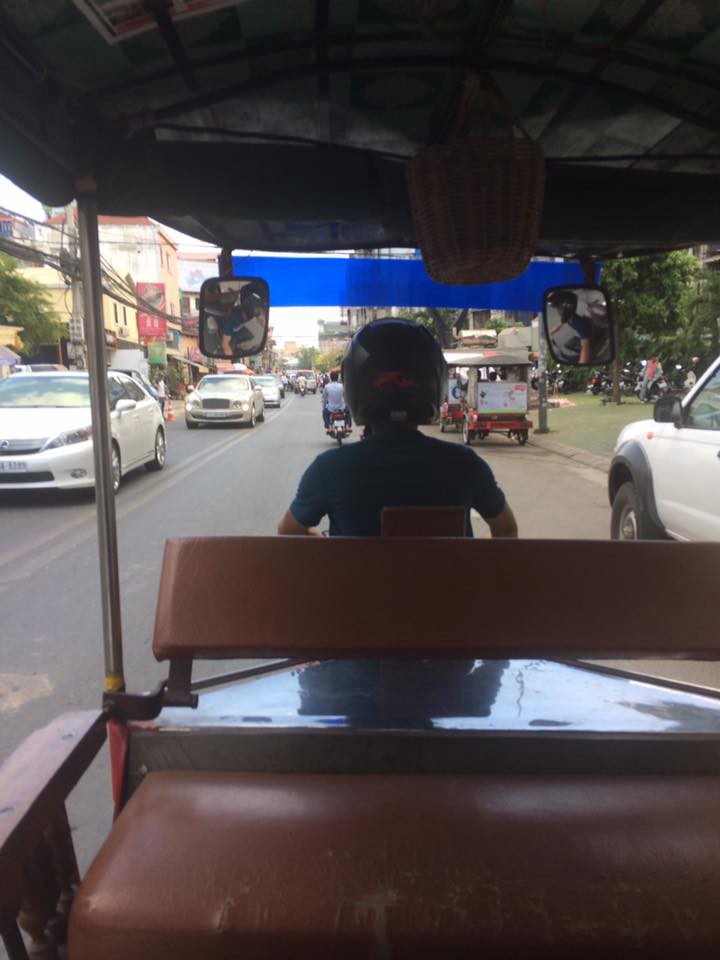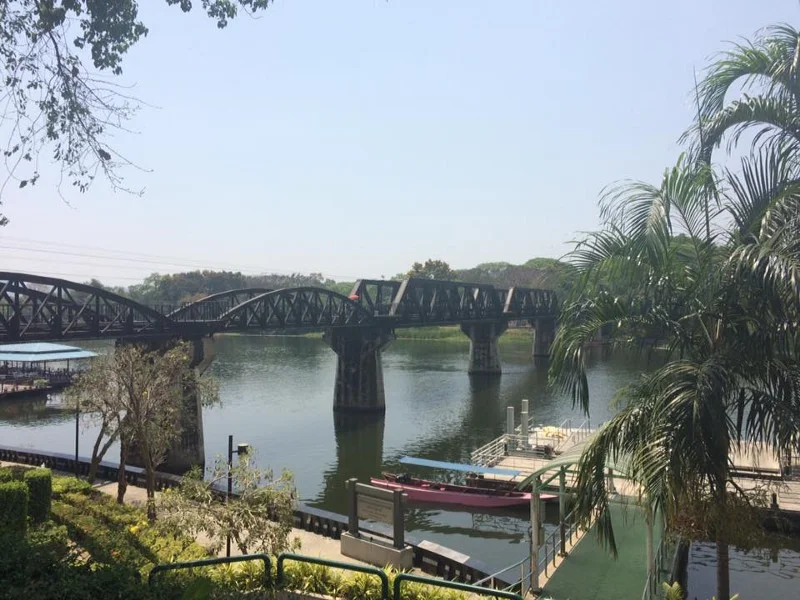Getting around and getting on in Cambodia
Phnom Penh: the past and the future
Phnom Penh used to be known as the Pearl of Asia. War, revolution and genocide tend to tarnish a reputation, but it’s certainly got grit; to Western eyes, this seems like classic urban Asia.
Flowing cheerily haphazardly along its grid pattern and numbered streets — even communism can’t overcome every Americanism — the traffic is a mobile moped soup. Compared to Bangkok, Phnom Penh has many more mopeds, or maybe that’s to say Bangkok has many more cars (greater average income, longer average drive time).
It’s an endless parade of chirpy humanity, bumping along and getting on with its business. One bloke gets a backie while carrying stepladders. Another moped has a cot swinging on the back. Tuktuks are fashioned from removable trailers, which detach to set the moped rider free. Bicycles are built from bamboo. Tacked on to mudflaps, CDs become safety reflectors.
As with the PoWs creating an illicit radio from a razor blade and a safety pin, necessity is the mother of invention but engineering ingenuity is its father. Middle income brings freedom to pay someone else, but losing that make-do ability loses something else, too: adaptability. My mum’s family were engineers, but my limit is wiring plugs and assembling Ikea boxes.
And it seems to me that when we drive cars we are isolated in our own concerns, but on two wheels we are viscerally in the heart of a shared city. Conversations are overhead. From a child in a passing tuktuk comes the rise-and-fall melody of Baa Baa Black Sheep, or Twinkle Twinkle Little Star, or another variation on a theme.
Originally published on Facebook, 19 Mar 2017.












